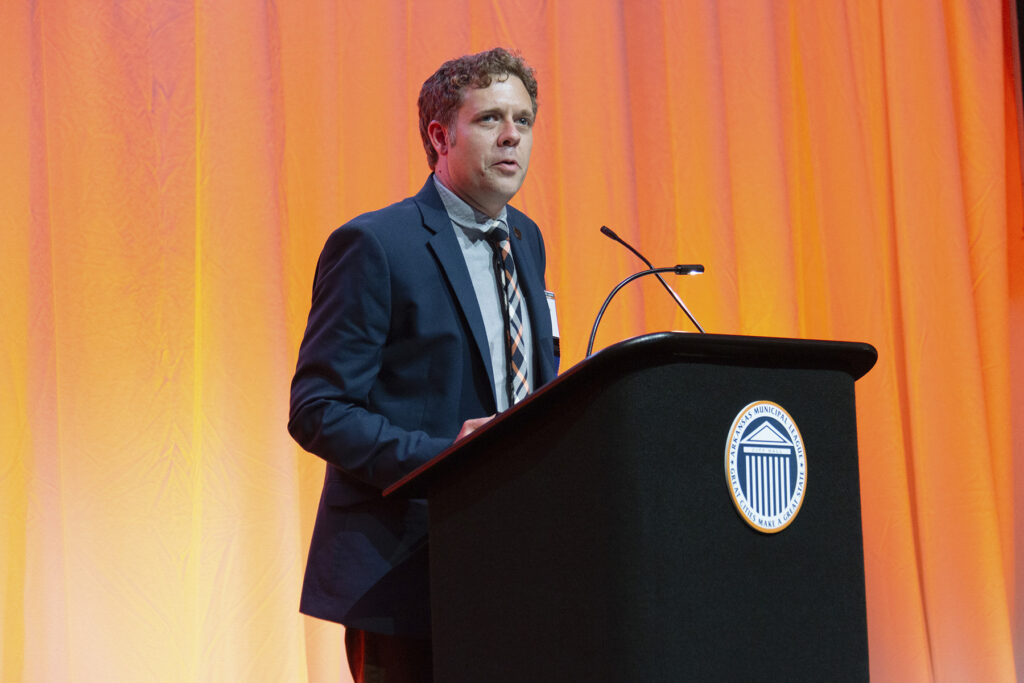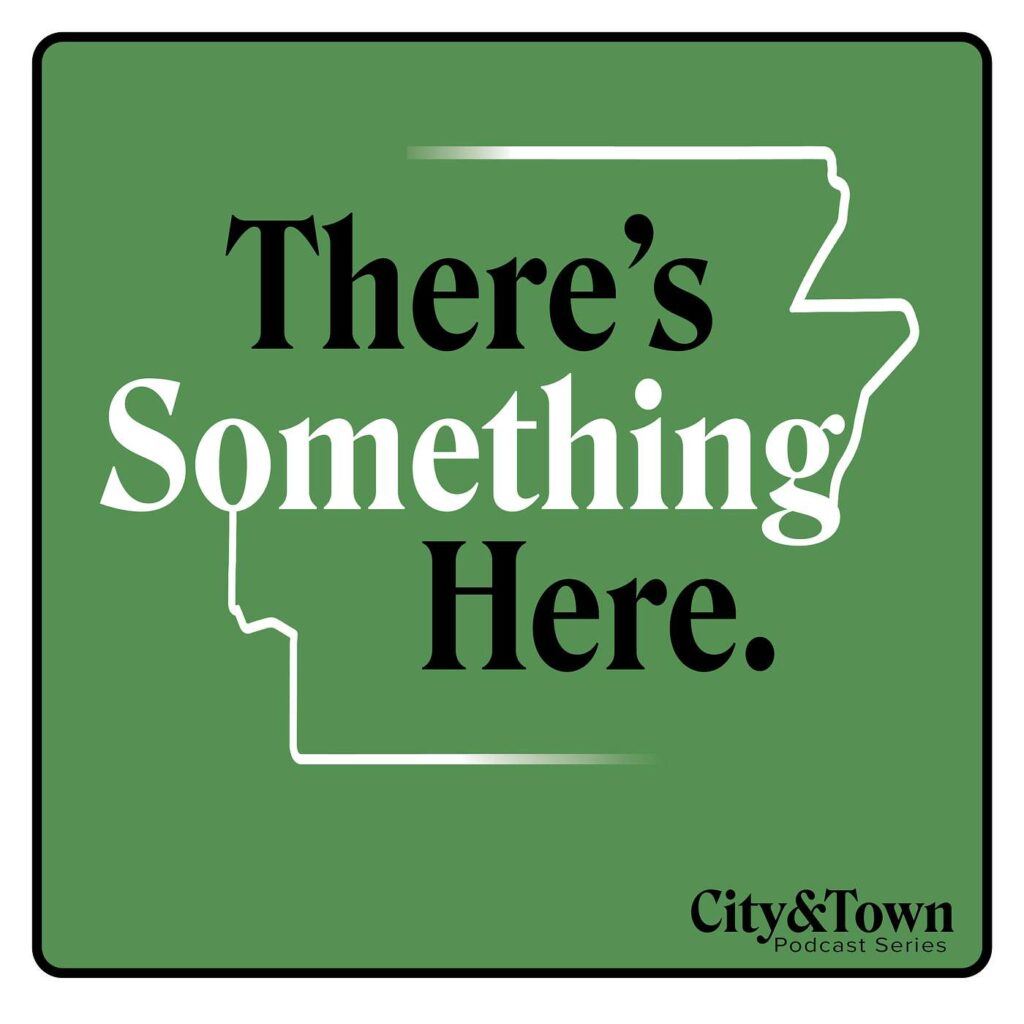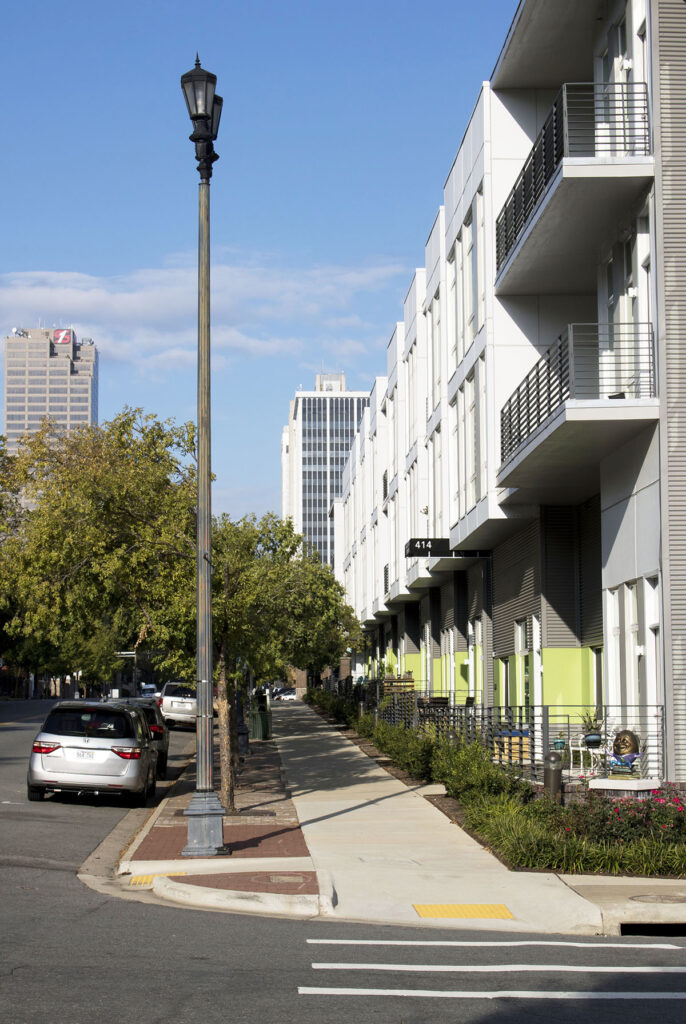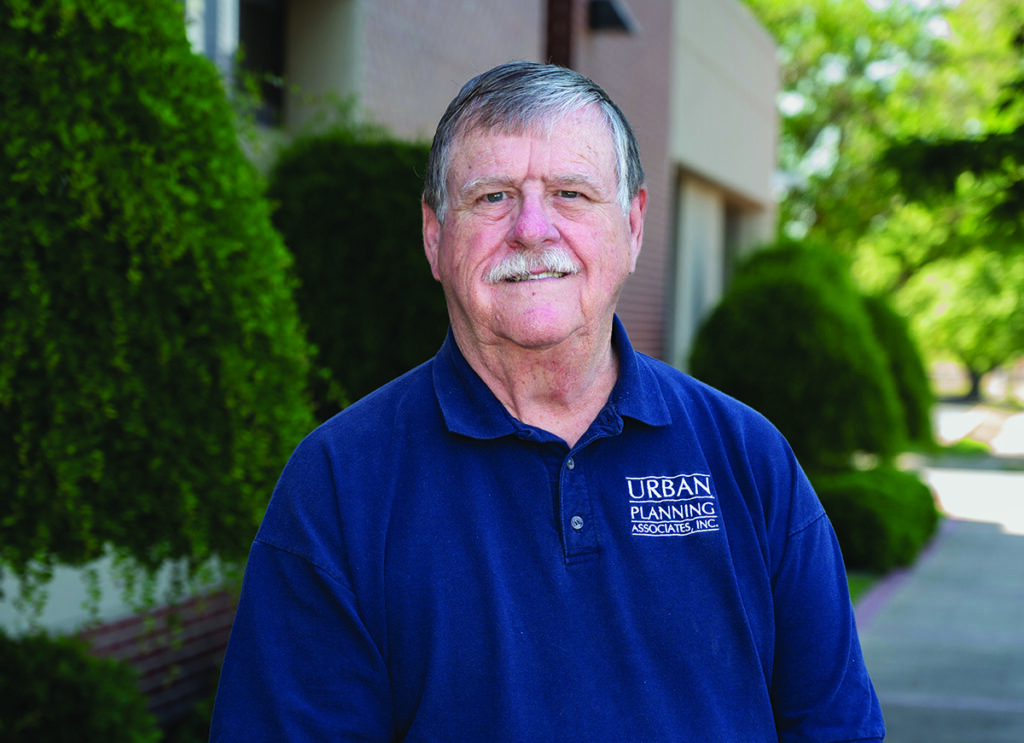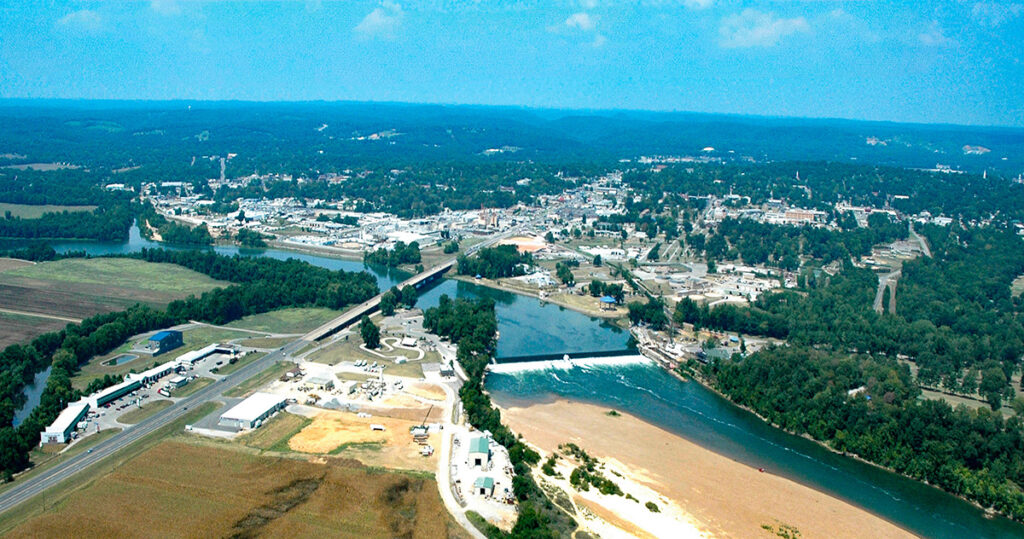Pickleball has swiftly become the fastest-growing sport in America, experiencing an astonishing 223.5% increase in participation since 2020. Recognizing this trend and the potential to enhance community well-being, the city of Maumelle sought to leverage its COVID-19 relief funds for a transformative recreational project. The goal was to create an outdoor facility that would provide a safe and engaging space for residents to enjoy physical activity during a time when many traditional recreational options were limited. Mayor Caleb Norris organized a pickleball bash to assess the level of interest, and the significant turnout only emphasized the growing enthusiasm for the sport. The success of this event highlighted the need for dedicated facilities and set the stage for the development of the pickleball complex.
The selected site for the pickleball complex is an area adjacent to the Jess Odom Community Center, aquatic center and skate park. Previously occupied by abandoned tennis courts before becoming a hub for unregulated drop-offs and pick-ups for nearby schools, the location was characterized by its safety hazards and aesthetic neglect. The transformation of this underutilized space into a vibrant pickleball complex was a strategic decision aimed at revitalizing the area and integrating the new facility with existing recreational amenities. The project not only addressed the safety and aesthetic concerns but also provided an opportunity to expand the recreational offerings available to residents, contributing to a more dynamic and inclusive community space.
With the constraints of a one-time grant, the city desired a facility that would stand the test of time while minimizing ongoing maintenance costs. The design features seven post-tensioned pickleball courts, shade structures and lighting. A low-maintenance landscaping plan was developed to reduce the need for irrigation, and a detention pond was included to manage stormwater runoff effectively. The site is also ADA-accessible, incorporating improvements to the Maumelle Trail System to enhance connectivity and accessibility. The proximity of the community center, which houses Maumelle Parks and Recreation, allows for convenient monitoring and integration of the facility into the center’s existing operations, ensuring minimal impact on staffing and budget.
The incorporation of post-tensioned concrete for the courts was a key innovation, chosen for its durability and resistance to cracking, a feature that ensures play surfaces remain high quality with limited maintenance. The selection of a hardy, low-maintenance landscape plan further demonstrates the project’s commitment to sustainability, eliminating the need for irrigation and aligning with environmental considerations. The integration of the complex with the existing Maumelle Trail System improved accessibility and enhanced connectivity between different recreational areas. These innovative design choices reflect a forward-thinking approach that balances functionality, aesthetics and long-term sustainability, setting a new standard for recreational facility development.
Design work commenced in October 2023 and construction began in November 2023. The project reached completion in May 2024, coming in under budget, with a final cost of $915,000. Since opening, the Maumelle Pickleball Complex has received an overwhelmingly positive response from the community, with residents embracing the opportunity to enjoy outdoor recreation in a newly revitalized space. The rapid sale of over 100 access keys within the first 36 hours of opening highlights the strong demand and enthusiasm for pickleball in this community. The project’s success extends to local schools, which have expressed interest in hosting youth leagues and tournaments, further integrating the facility into community life.
The Maumelle Pickleball Complex is a prime example of how engineering can drive positive change in community infrastructure. By transforming an underused and neglected space into a vibrant recreational facility, the project highlights the role of engineers in repurposing existing infrastructure to meet evolving community needs. The project not only enhances the recreational options available to residents but also sets a precedent for future initiatives that prioritize both functionality and community impact.


